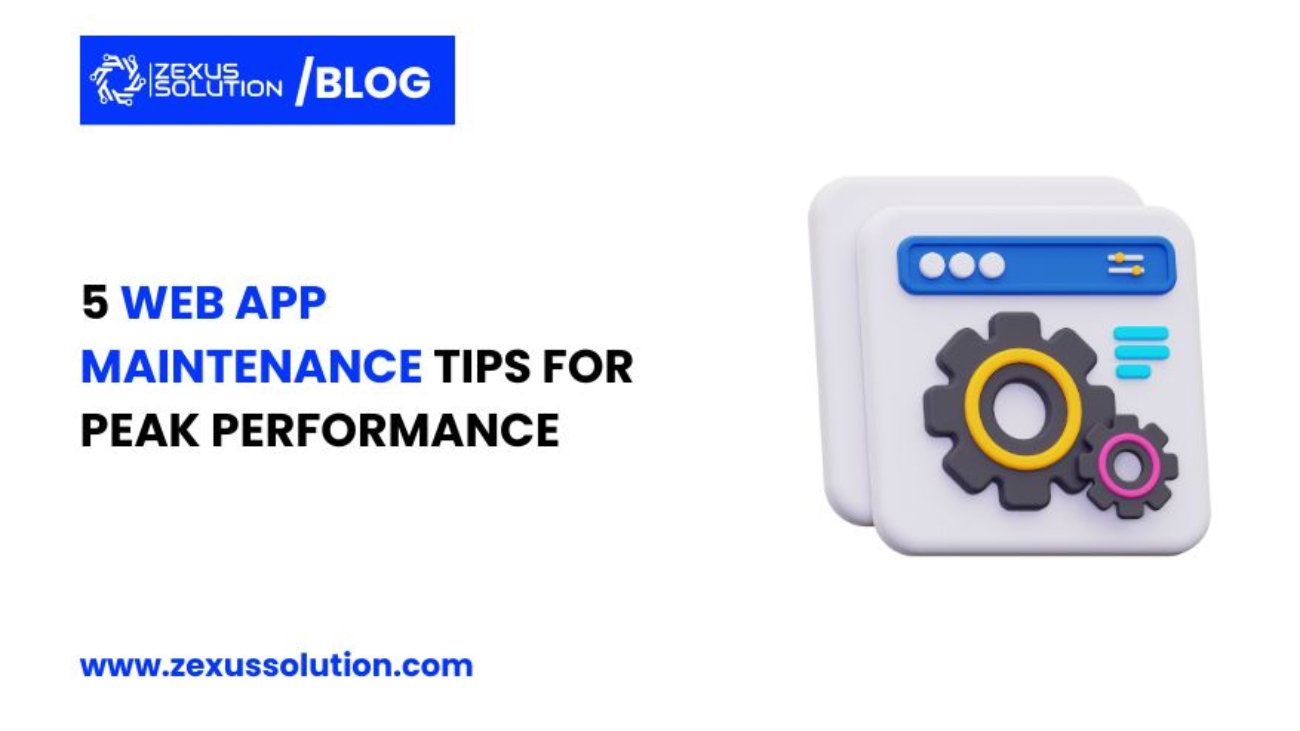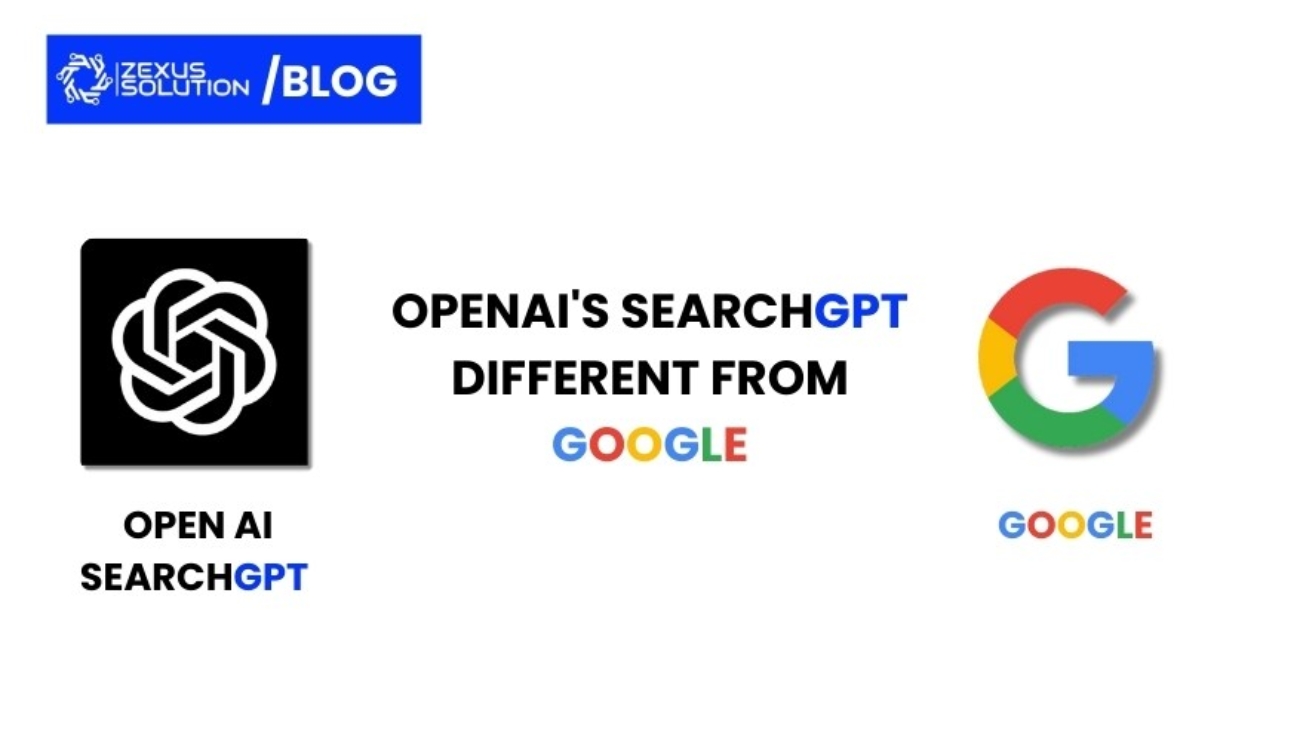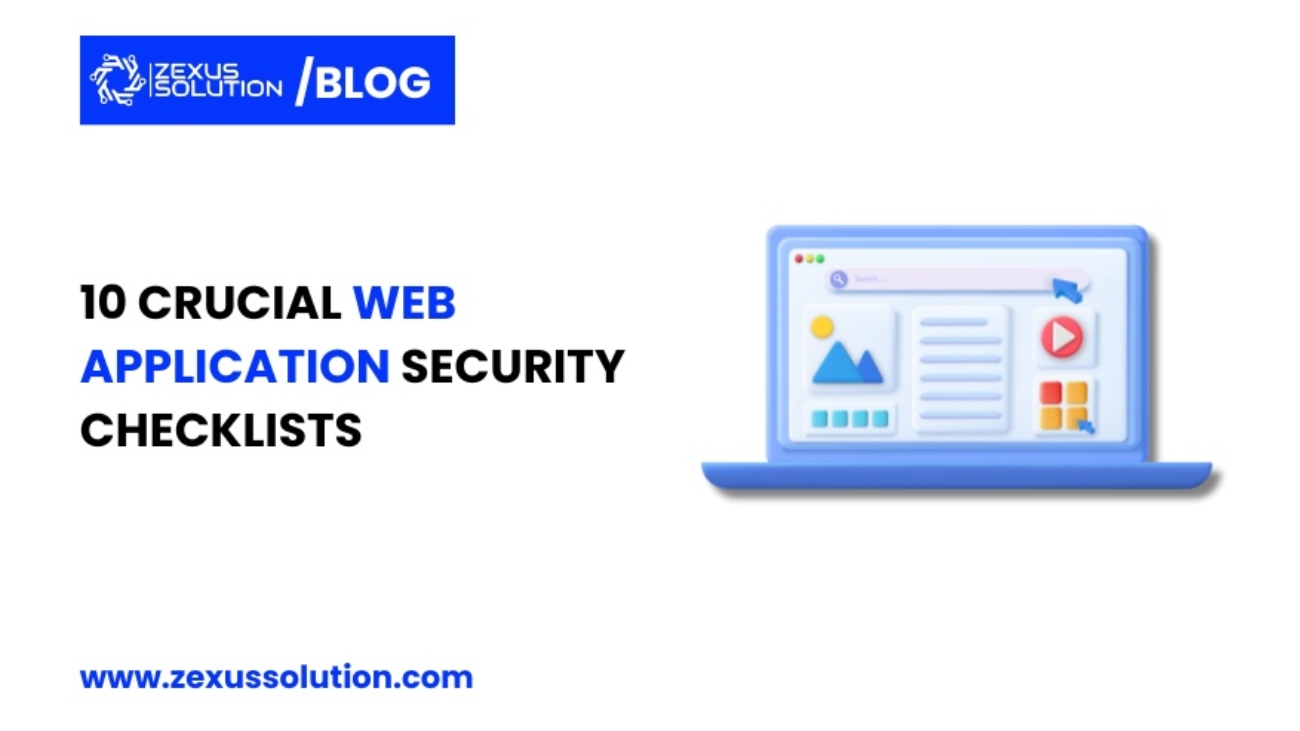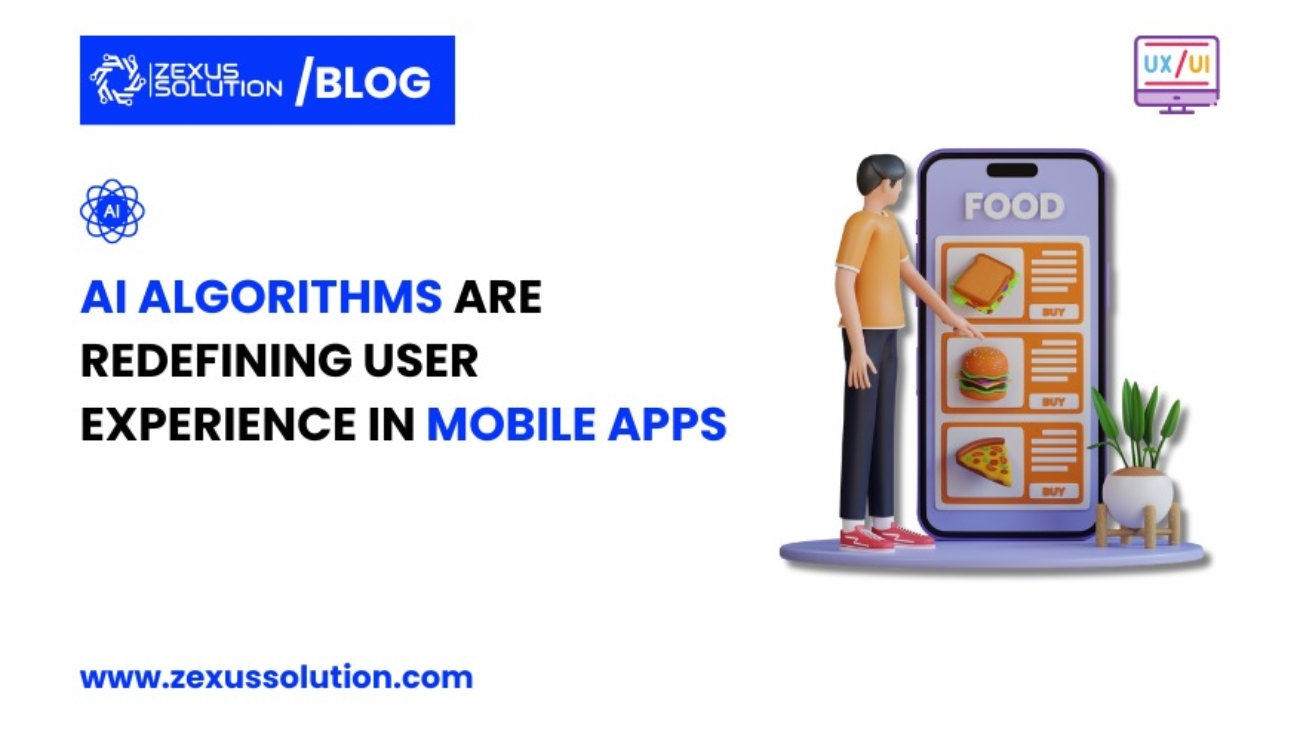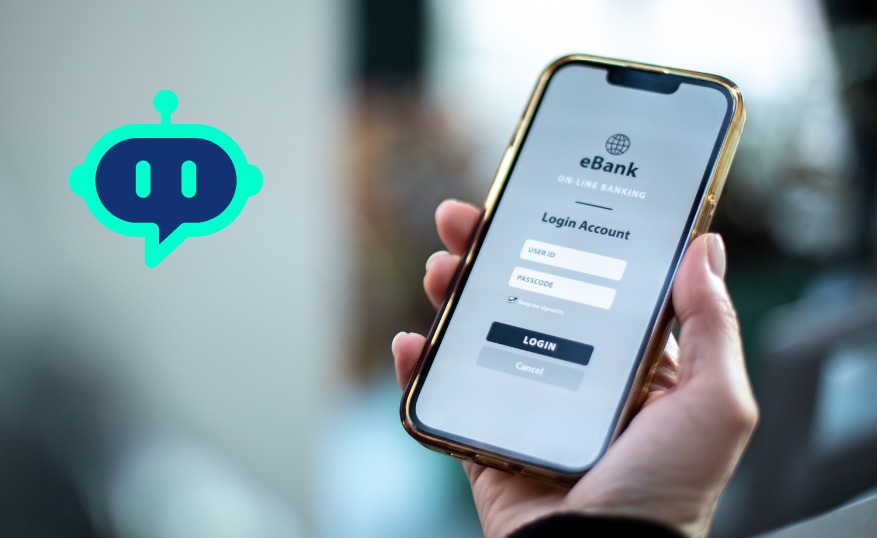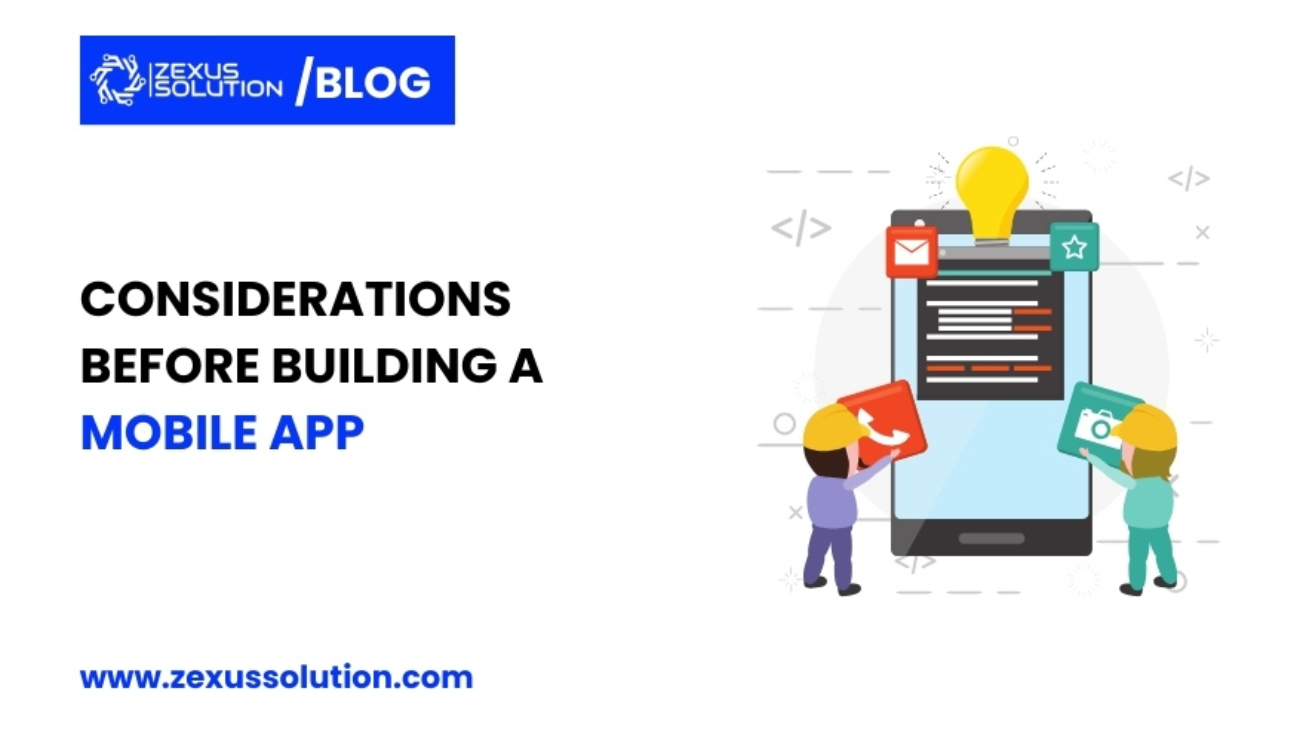Table of Contents
The importance of web application security can’t be left. In today’s advanced world, web applications play a major role in the personal and professional lives. These applications are a major part of our day-to-day interactions with the whole world. One of the things that is concerning for most individuals and companies is how these applications save and process our sensitive data. This data includes financial, personal, and other sensitive information users want to keep safe.
As a result, web applications must be secured and free from attackers. Protecting your web app is crucial to ensure its integrity, security, and reliability. Here are the top security measures you need to implement to safeguard your web app against potential threats.
Understanding the Importance of Protecting Your Web App

Before delving into specific security measures, it’s essential to understand why protecting your web app is so critical. Web applications often handle sensitive data, including personal information, financial transactions, and proprietary business data.
A breach can lead to severe consequences such as data loss, financial damage, and reputational harm. Moreover, regulatory compliance mandates require stringent security measures to protect user data. Thus, protecting your web app is not just a best practice; it’s a necessity.
Implement Strong Authentication and Authorization
The first line of defense in protecting your web app is implementing strong authentication and authorization mechanisms. Ensure that users have to verify their identity through robust authentication processes, such as multi-factor authentication (MFA). MFA requires users to provide multiple forms of identification, significantly reducing the risk of unauthorized access.
Authorization, on the other hand, ensures that authenticated users can only access resources they are permitted to. By implementing role-based access control (RBAC), you can assign permissions based on user roles, minimizing the risk of insider threats and unauthorized access to sensitive data.
Use Exception Management

Effective exception handling is another security strategy with a development focus. In the event of a failure, you would never want to see anything more than a standard error message. Including the exact system messages intact serves as a valuable challenge for possibly dangerous parties rather than benefiting the end user.
Generally, you will go back to rejecting the operation in the event of an exception or error. Operations won’t be accidentally permitted if an application fails securely. For instance, you would rather have an ATM fail and give the user a straightforward, amiable message rather than spilling money all over the place.
Resource Sharing Across Origins (CORS)
Another simple technique to reduce potential vulnerabilities is to make sure that only trusted domains can access your services and resources. By setting up a CORS policy, your apps may determine which traffic to allow through and which to reject based on its source.
Resource access from other domains can be granted or denied with the use of proper CORS headers. By doing this, cross-site scripting and cross-site request forgery attacks are less likely to occur. You can lower the danger of these kinds of attacks by restricting access to the resources of your web application to trusted domains through proper configuration of CORS headers.
Secure Data Transmission with HTTPS

One of the foundational steps in protecting your web app is to secure data transmission between the client and the server. This is achieved by implementing HTTPS (HyperText Transfer Protocol Secure). HTTPS encrypts data, ensuring that information exchanged between the user and your web app cannot be intercepted or tampered with by malicious actors.
In addition to protecting user data, HTTPS also boosts your web app’s credibility and trustworthiness. Modern web browsers often flag websites without HTTPS as “Not Secure,” which can deter users from engaging with your site. Therefore, securing data transmission with HTTPS is a critical step in protecting your web app and maintaining user trust.
Regularly Update and Patch Your Web App
Cybercriminals constantly search for vulnerabilities in web applications to exploit. Regularly updating and patching your web app is essential to protect it from known vulnerabilities. Developers often release updates that address security flaws and improve the overall security posture of the application.
Implement a structured update and patch management process to ensure that your web app remains protected against emerging threats. This includes not only the core application but also any third-party libraries and frameworks that your web app relies on. Keeping your software up-to-date is a straightforward yet effective measure in protecting your web app from potential exploits.
Secure Your APIs

Modern web apps often rely on APIs (Application Programming Interfaces) to communicate with other services and applications. Protecting your web app involves securing these APIs to prevent unauthorized access and data breaches. Implementing strong authentication, rate limiting, and encryption for API communications are essential steps in securing your APIs.
Ensure that your APIs are only accessible to authorized users and services, and monitor API usage for any signs of suspicious activity. By securing your APIs, you can protect the integrity and confidentiality of the data exchanged between your web app and other systems.
Conclusion
In conclusion, protecting your web app requires a multi-faceted approach that combines strong authentication, secure data transmission, regular updates, and proactive security measures. By implementing these top security measures, you can significantly reduce the risk of cyber threats and ensure the integrity, security, and reliability of your web app.
Investing in professional web app maintenance services can also help you stay ahead of potential security issues. Regular web app maintenance and updates, coupled with robust security practices, are essential for modern web apps to thrive in today’s digital landscape. Prioritize protecting your web app and create a secure environment for your users and business operations.












